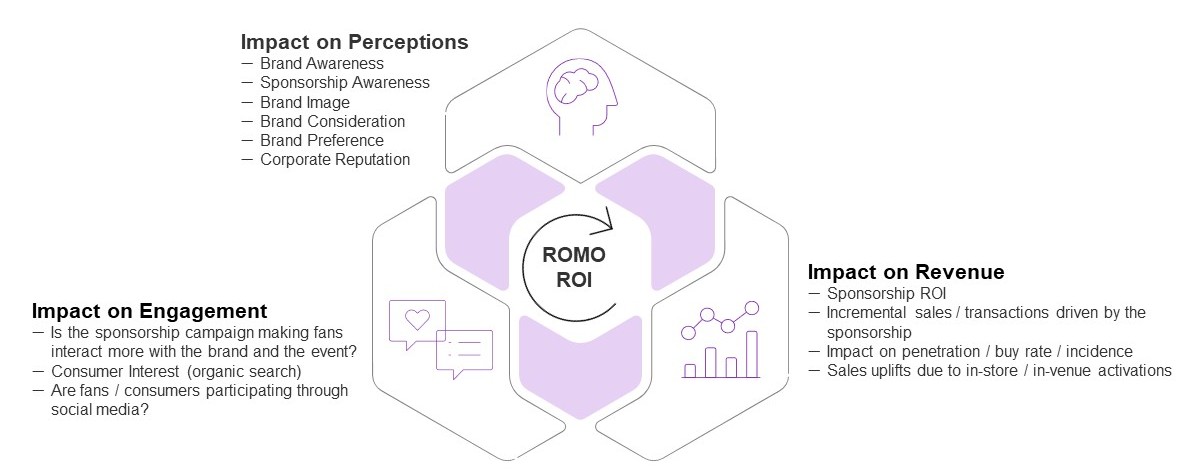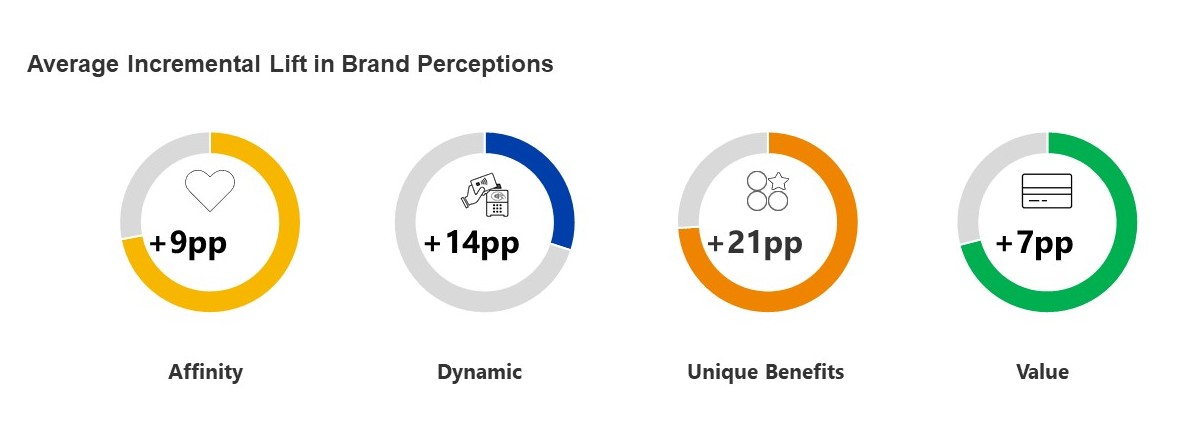When we reflect on 2020 and 2021, what will we remember? Chances are, it’s the very lack of being out in the world encountering people, places, and things; engaging with friends, family, and colleagues in social and work environments. In-person interactions quickly transformed, and we entered a virtual world.
What did this new paradigm mean for brands? Brand experiences, which connect the right place or event with the right people and the right products, is essentially what experiential marketing looks like. What are beer companies without live sporting events? Cars without auto shows? Energy bars without marathons and 10Ks?
Experiential marketing defined
Experiential marketing is a fundamental element of a brand’s marketing initiatives and it had been steadily growing in popularity prior to COVID-19. At Kantar, we see experiential marketing as a strategy that aims to create a lasting impression and a stronger bond between the consumer and the brand. It involves them in an immersive and engaging two-way experience that builds memorable brand associations.
Experiential marketing focuses on creating synergies among meaning, perception, consumption, and brand loyalty. It reinforces product benefits and enables repeat purchases or increased usage, through:
- Adding value through innovation, interactivity, and sensory experience
- Building a long-lasting connection between brand and consumer
- Creating a personalised and deeper engagement with consumers
- Driving brand equity, brand loyalty and a positive brand image
- Providing an amplification platform through social channels
It’s all about touch and feel – at least in theory. But what do you do when faced with the challenge of how to make it work in a virtual world?
Experiential marketing during lockdown
A financial services company was tasked with figuring out how to continue to create meaningful two-way brand experiences when people weren’t allowed to leave their homes. This company successfully pivoted their experiential programs to virtual events and partnered with Kantar to measure the impact of these programs on brand performance.
We used Kantar’s Sponsorship & Experiential Marketing Measurement Framework to assess the impact on brand perceptions, engagement, and revenue (see below). For programs like these, with a relatively high per-person cost, the financial services company needed to see that going virtual had a positive effect not only on brand perceptions, but on customer spending.

The results: brand impact + incremental dollars
Among those who attended these specific virtual events, there was a very strong impact on brand perceptions, at above-average levels. Most customers who attended saw the events as a unique benefit. As one participant said: “I felt it was a special value-added perk that made my card that much more valuable.”
Did this translate to the bottom line? The average lift in spend for those customers that attended these events was 4%. When considering the investment behind these events, Kantar was able to determine the ROI for individual events, and compare the performance of the various offerings to optimise future experiential programs.
What’s the next chapter for experiential marketing?
We know experiential marketing works and is a very effective strategy for brands. The pandemic may have actually accelerated the evolution of experiential marketing, increasing its capabilities and enhancing its potential through the incorporation of virtual experiences.
Moving forward, successful brands will likely rely more and more on a combination of in-person and virtual events, which will maximise customer engagement and build stronger bonds between consumers and brands. Measurement of the effectiveness of these programs will be critical, in order to optimise and maximise the impact they can have.


